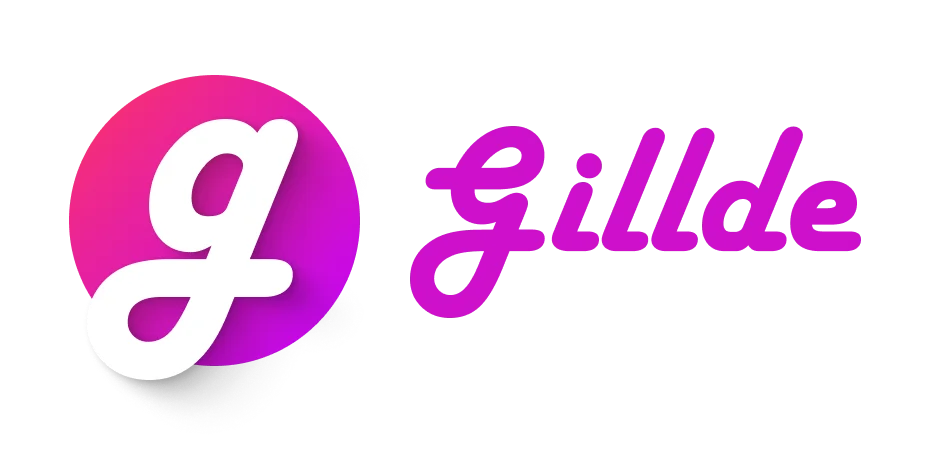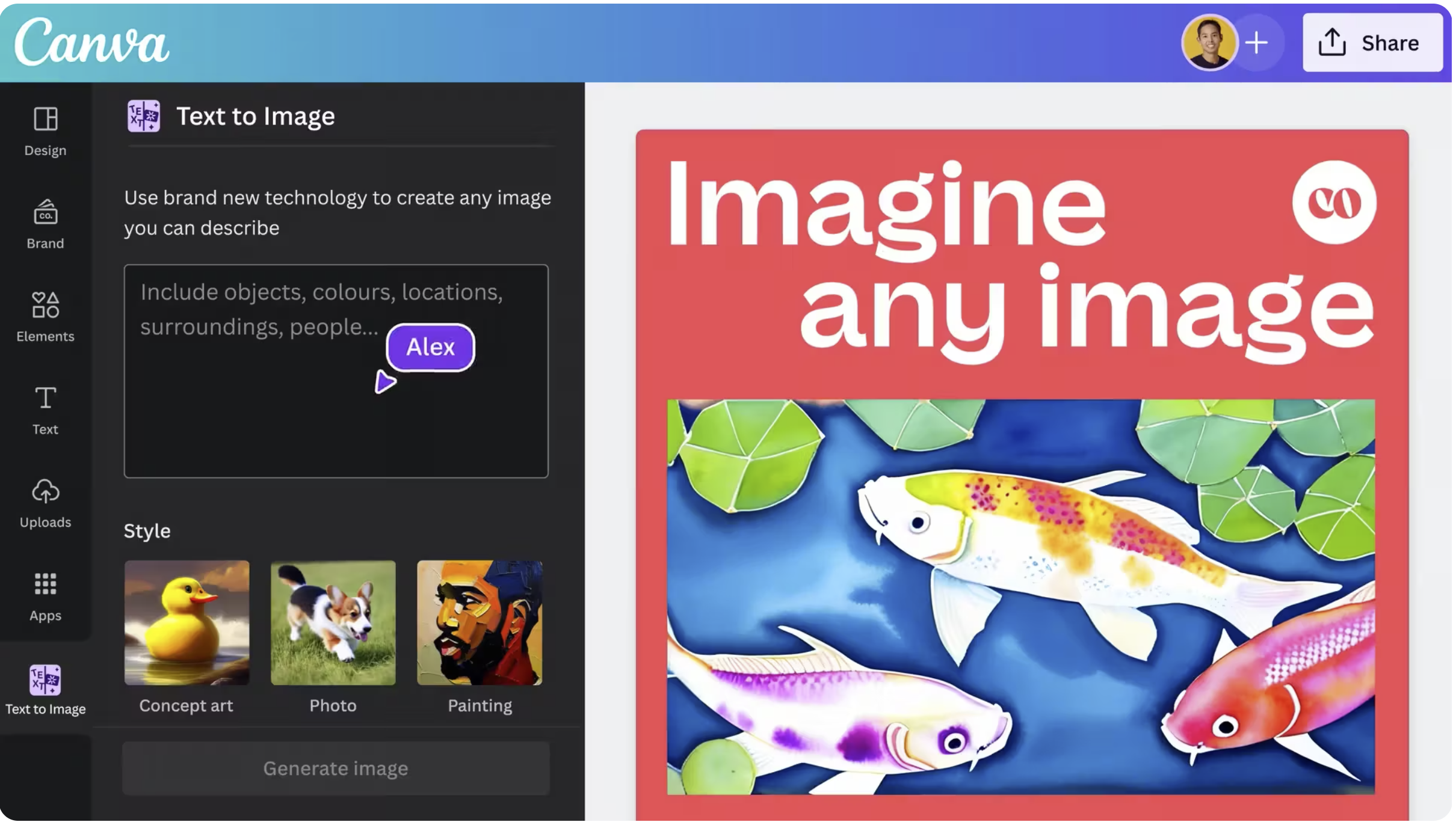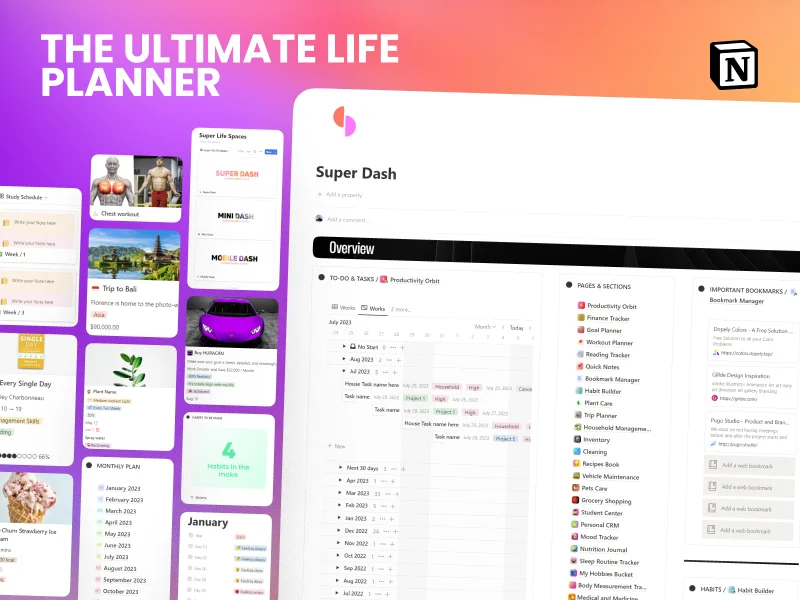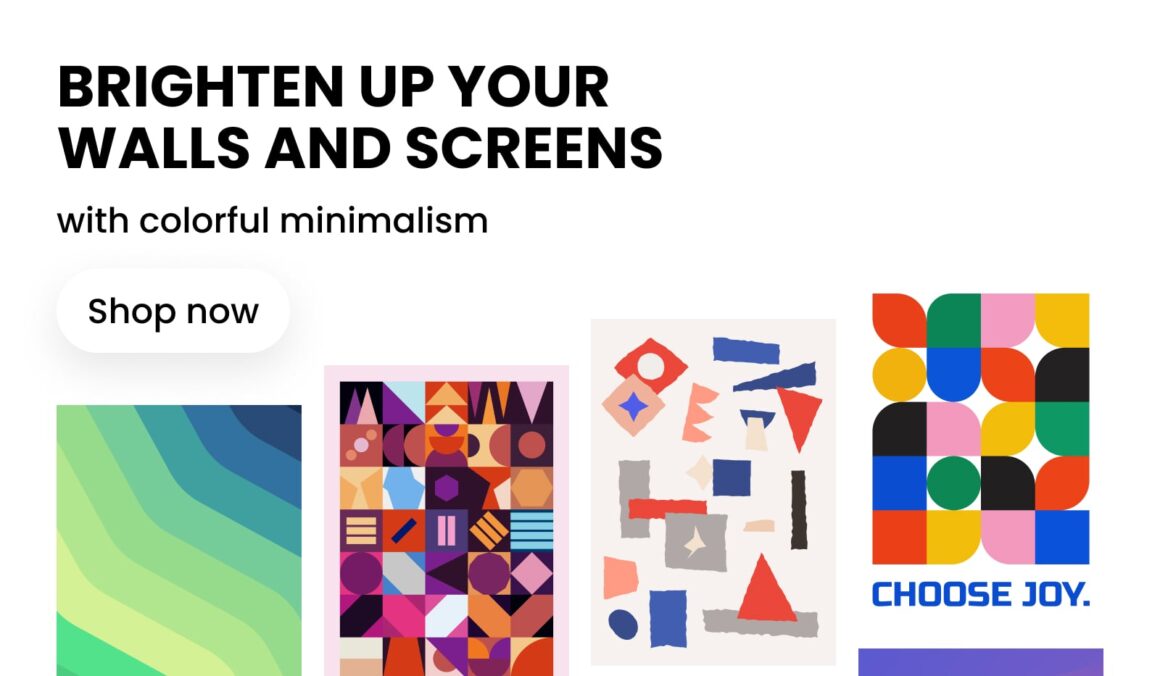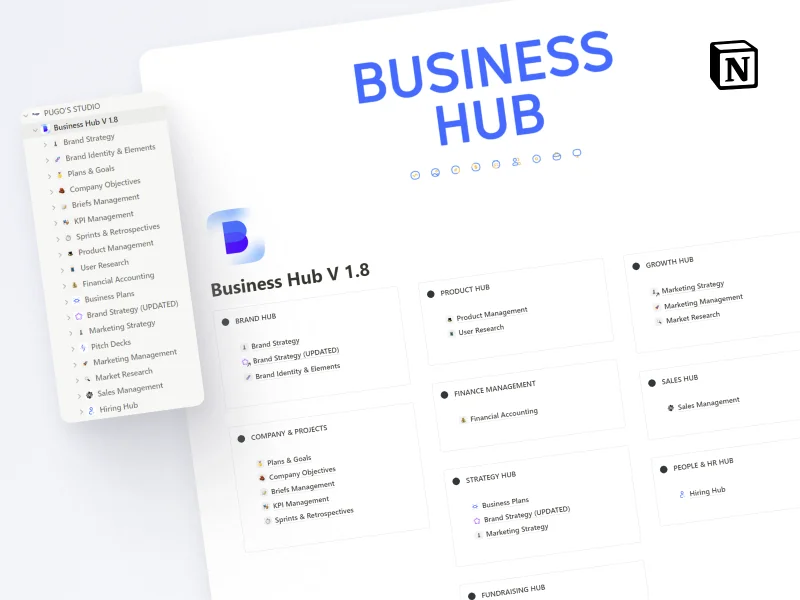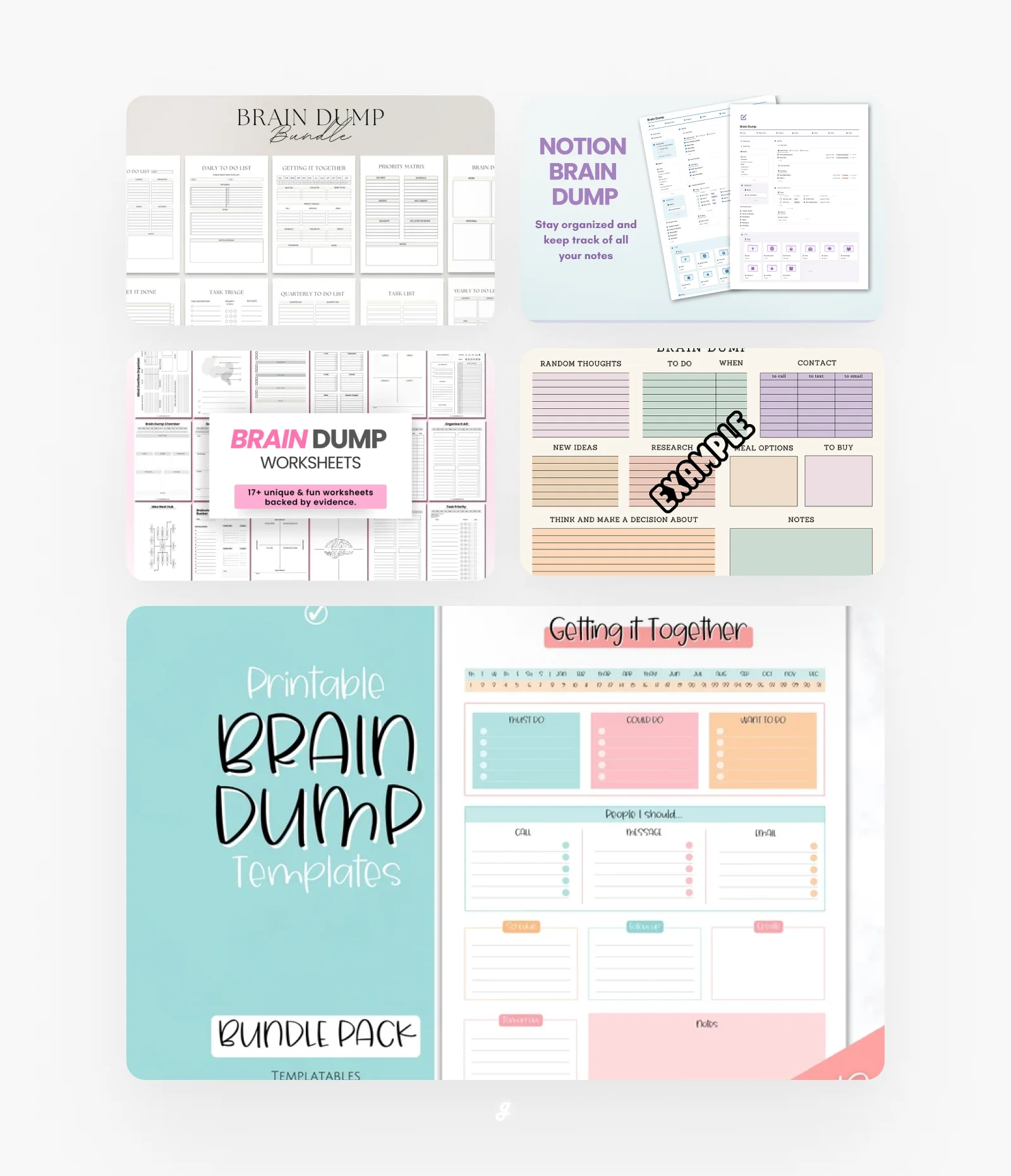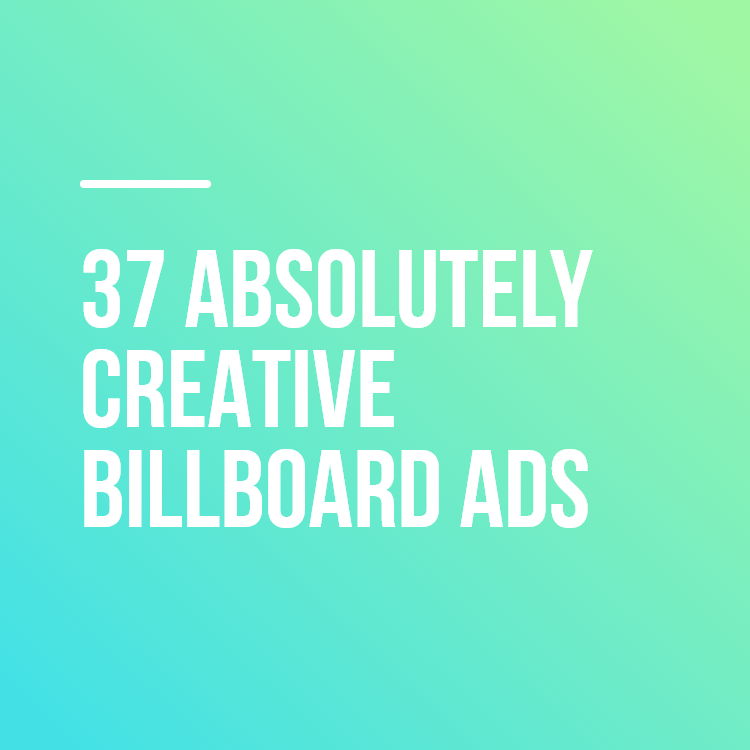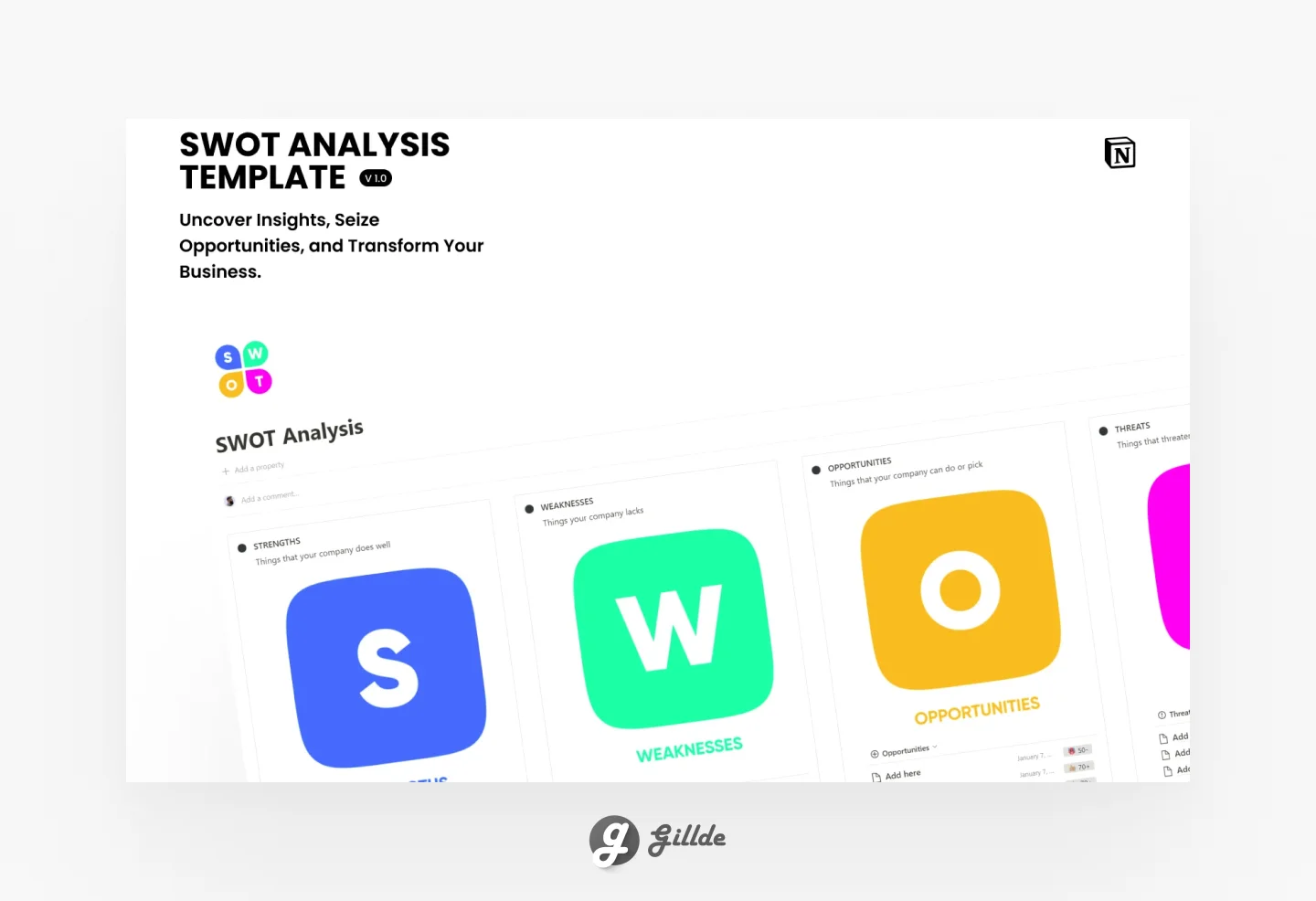Artificial Intelligence (AI) is revolutionizing the way we live, work, and design. In the field of design, AI tools are making it easier for designers to create innovative, efficient, and visually stunning designs. With the rise of AI, designers now have access to a wide range of tools that can help them streamline their design workflow and create better designs in less time. In this blog post, we will explore the 23 most useful AI tools for designers in 2023.
1. ChatGPT
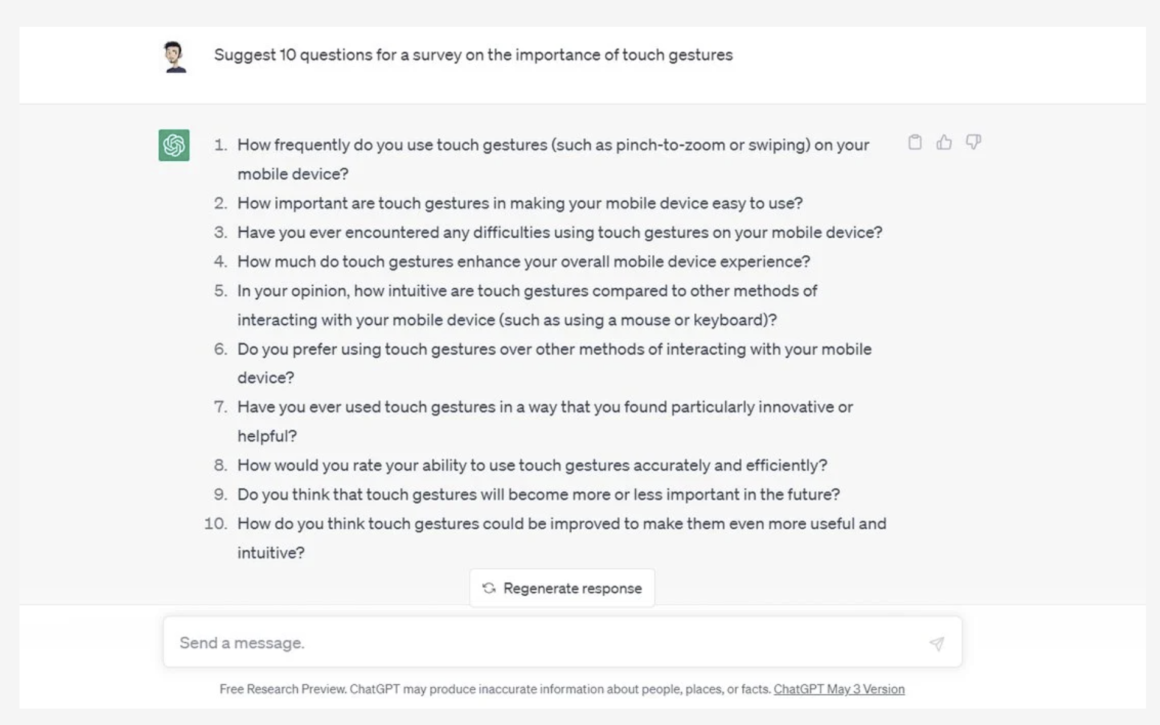
ChatGPT is an AI tool that helps with creative work. It can automate repetitive tasks, making your design workflow easier. Here are a few examples of how designers can use ChatGPT:
- Get ideas for design projects
- Create checklists to improve projects
- Research competitors
- Create survey questions
- Write documentation for projects and design systems
- Write simple emails to communicate with clients
- Write copy for product pages and websites
With this tool, you can automate other tasks related to your projects. If you want to learn more about controlling ChatGPT with prompt engineering, check out Learn Prompting.
2. Mem
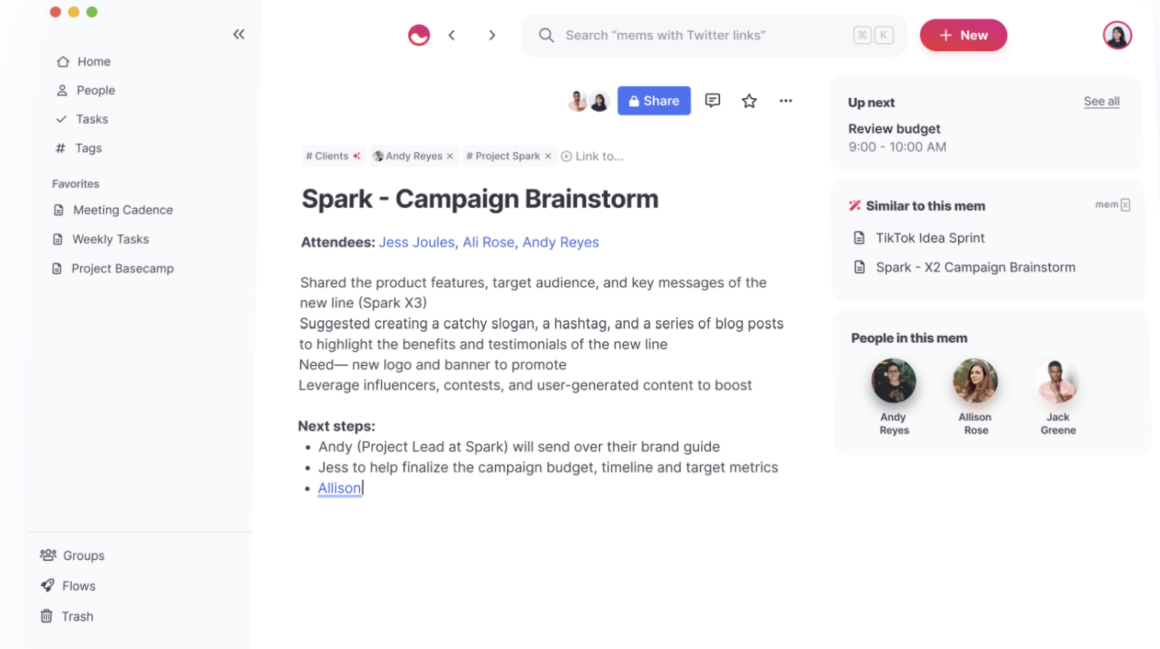
Mem is a tool that helps creators organize their notes, feedback, ideas, and tasks all in one place using AI. It works like a note-taking or task-management app, but it automatically groups your notes, tasks, and data into appropriate folders for you.
This tool is particularly useful for UX and UI designers because it simplifies the process of organizing user feedback, client requests, surveys, and other data. You can easily write down your notes, tasks, and reminders without worrying about the hassle of manual organization.
3. VisualEyes
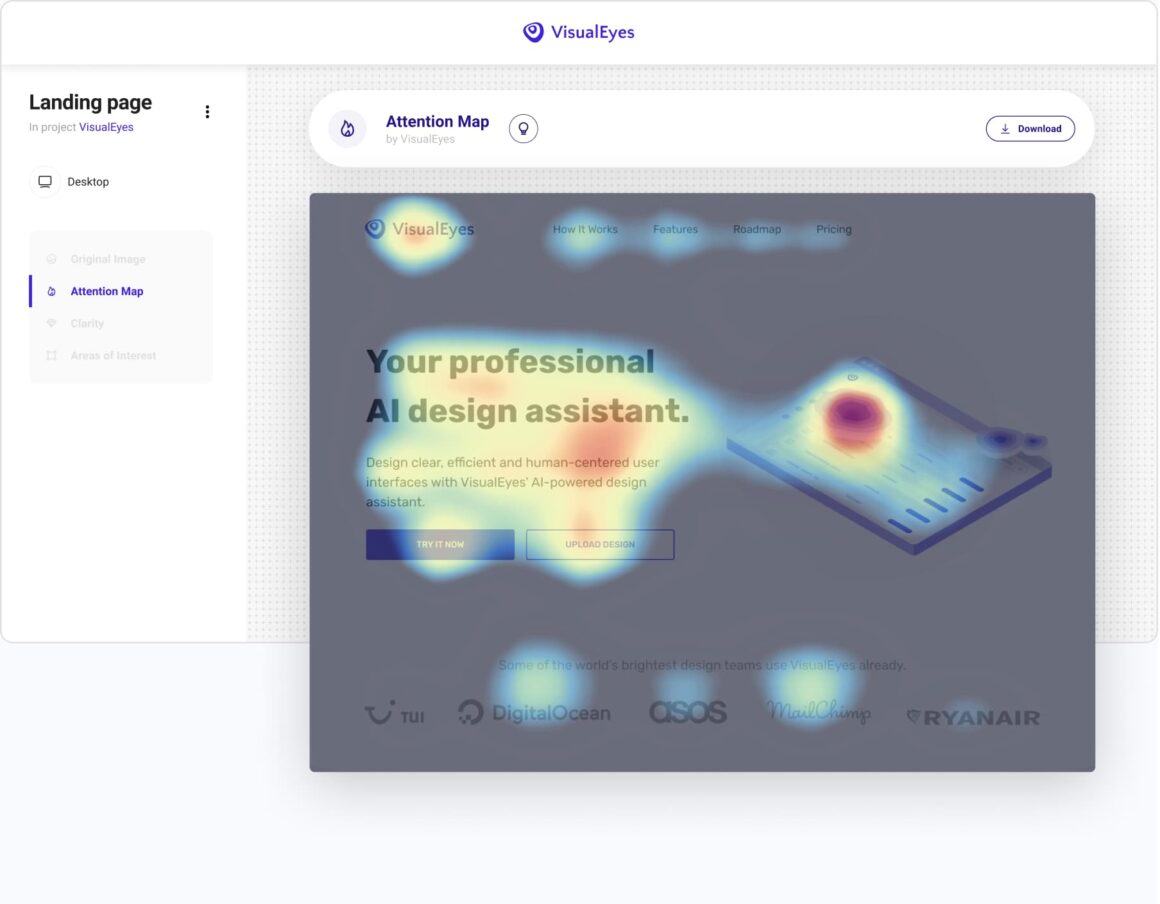
Receiving feedback on your website and app designs from users can be difficult and expensive. Usually, you need a working model to get useful feedback on areas that need improvement.
VisualEyes makes the whole process easier. You can easily upload your website, app, and user interface layouts to conduct user testing with the help of AI.
This tool uses 93% accurate AI technology to simulate eye-tracking studies and give you valuable insights on how to improve your designs.
4. Canva

Canva is a truly remarkable AI-powered design tool that has revolutionized the world of design. Whether you’re a seasoned graphic designer or a complete novice, Canva makes it easy and fun to create stunning designs that will truly capture the essence of your brand. One of the best things about Canva is the sheer range of templates, graphics, and fonts that are available.
5. Adobe Character Animator
Adobe Character Animator is an AI tool that helps designers create animated characters that can mimic human movements and expressions. With Character Animator, designers can bring their characters to life, using a wide range of pre-built animations and movements.
6. Adobe Sensei
Adobe Sensei is an AI-powered tool that has revolutionized the way designers work. With Sensei, designers can do so much more than just automate repetitive tasks and improve their design workflow. The tool allows designers to harness the power of artificial intelligence to create stunning visual content that is both beautiful and functional.
For instance, designers can use Sensei to automatically select and mask objects, which saves them time and enables them to focus on more creative tasks. Additionally, Sensei can help improve the quality of images and videos, making them more visually appealing and engaging for the audience.
Overall, Adobe Sensei is a must-have tool for designers who want to stay ahead of the curve. With its powerful capabilities and intuitive interface, it has become an indispensable part of the design process for many professionals around the world.
7. Illustroke
Illustroke is a very useful AI tool for graphic designers. It allows you to easily generate vector art and illustrations from text prompts. This tool lets you choose from multiple design styles and color variations to generate vector images. The images you generate are accessible to you only and allows to be used on commercial projects.
8. Sketch2Code
Sketch2Code is an AI tool developed by Microsoft that can convert hand-drawn sketches into HTML code. This tool is particularly useful for designers who want to quickly create prototypes for their designs without having to spend hours coding.
9. Adobe Firefly
Firefly is an AI-powered tool developed by Adobe that can generate images from text. And it can generate text effects or apply textures to text with a simple prompt. You can also use it to generate different color variations of vector images, turn sketches into images, generate editable templates, and much more.
10. Figma Auto Layout
Figma Auto Layout is an AI-powered layout tool that helps designers create responsive designs that automatically adjust to different screen sizes. With Auto Layout, designers can create designs that are both efficient and visually stunning.
11. Jasper
Jasper is a suite of AI tools available for creators and designers. One of the tools available on the platform is an AI art generator. You can use Jasper to easily generate illustrations, backgrounds, and placeholder images for your design projects. It’s also useful for testing out concepts and ideas as well as finding inspiration for your designs.
12. The Grid
The Grid is an AI-powered website builder that creates custom websites based on user preferences and content. With The Grid, designers can create stunning websites in minutes, without having to spend hours coding.
13. Fontjoy
Fontjoy is an AI tool that uses machine learning to generate the perfect font combinations for your design projects. You can easily adjust the contrast between the fonts to find different fonts that go well together. And you can lock font choices to create more personalized pairings too.
14. Wix ADI
Wix ADI, or Wix Artificial Design Intelligence, is a tool that simplifies the web design process. It offers a range of templates, from simple to complex, and features such as text, images, videos, and customization options. Widgets and apps can also be added for interactivity. The tool takes care of coding, saving designers time. It has helped many designers create stunning websites quickly. Try it out and see how it can elevate your web design.
15. Huemint
Finding the perfect color palette for a design can sometimes be a time-consuming task that slows down progress on many design projects. Luckily, AI has made this process much simpler and effortless.
Huemint is a creative AI tool that generates color palettes instantly for websites, logos, illustrations, and graphic designs. The tool offers one-color, two-color, or three-color palettes for brands, and even generates color palettes for Bootstrap color utility classes.
The best part about Huemint is that it provides previews of the color schemes in action, giving you an idea of how your colors will look once implemented. And the best thing is that the tool is completely free to use.
16. Bannersnack
Bannersnack is an AI-powered tool that helps designers create stunning banner ads in minutes. With Bannersnack, designers can choose from a wide range of templates and customize them to fit their needs, without having to spend hours designing.
17. Sketch RNN
Sketch RNN is an AI tool that helps designers create hand-drawn sketches of objects, which can then be used to create digital designs. With Sketch RNN, designers can create a wide range of sketches, from simple diagrams to complex illustrations.
18. Artisto
Artisto is an AI-powered tool that helps designers create stunning artwork from photos and videos. With Artisto, designers can transform images and videos into works of art, using a wide range of artistic styles.
19. DeepArt
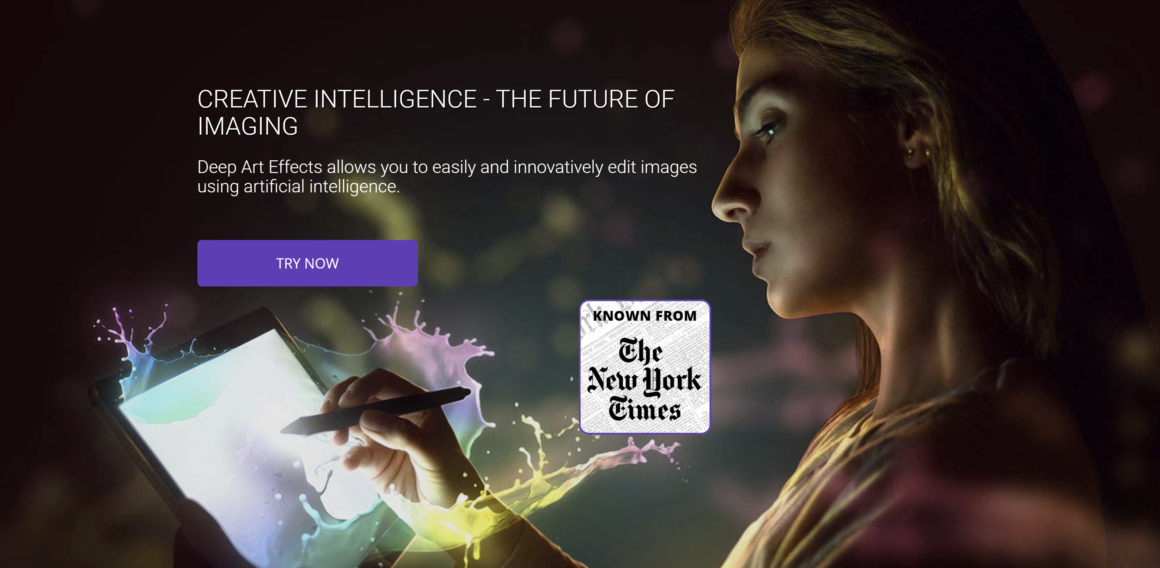
DeepArt is an AI-powered tool that helps designers create custom artwork from photos and images. The tool is incredibly easy to use and perfect for designers looking for inspiration. With DeepArt, designers can choose from a wide range of artistic styles, including abstract, impressionist, and cubist. This means that no matter what type of art you’re creating, DeepArt has a style that will suit your needs. In addition to the many different styles available, DeepArt also allows designers to customize their artwork to fit their exact specifications. Whether you’re looking to create a piece that’s bold and vibrant or something more subtle, DeepArt can help you achieve your vision. So why wait? Try DeepArt today and see what amazing artwork you can create!
20. PhotoRoom
PhotoRoom is another great AI tool that will help you save a lot of time that goes into mundane and repetitive tasks. This tool allows you to easily remove the backgrounds from images, retouch, blur backgrounds, and even remove objects from images with just a few clicks.
21. Pikazo
Pikazo is an AI-powered tool that helps designers create custom artwork from photos and images. With Pikazo, designers can choose from a wide range of artistic styles and customize them to fit their needs, creating stunning visual effects.
22. Prisma
Prisma is an AI-powered photo editing tool that helps designers create stunning visual effects from their photos. With Prisma, designers can transform their photos into works of art, using a wide range of artistic styles and filters.
23. PaintsChainer
PaintsChainer is an AI-powered tool that helps designers colorize black and white images. With PaintsChainer, designers can easily add color to old photographs and illustrations, creating stunning visual effects.
Conclusion
As AI technology continues to evolve, designers will have access to even more powerful tools that can help them create stunning designs in less time. The 20 AI tools listed above are just a few examples of the many ways in which AI is transforming the field of design. Whether you’re a graphic designer, web designer, or digital artist, these tools can help you streamline your workflow and create better designs in less time. AI is here to stay and will continue to change the way we design and create.
There are many AI tools available to make work and life easier. Don’t be afraid of how quickly AI technology is evolving. Instead, find ways to use these tools to improve your work.
By keeping an open mind when trying AI tools, you can discover creative ways to use them and make your workflows smoother and more efficient.
